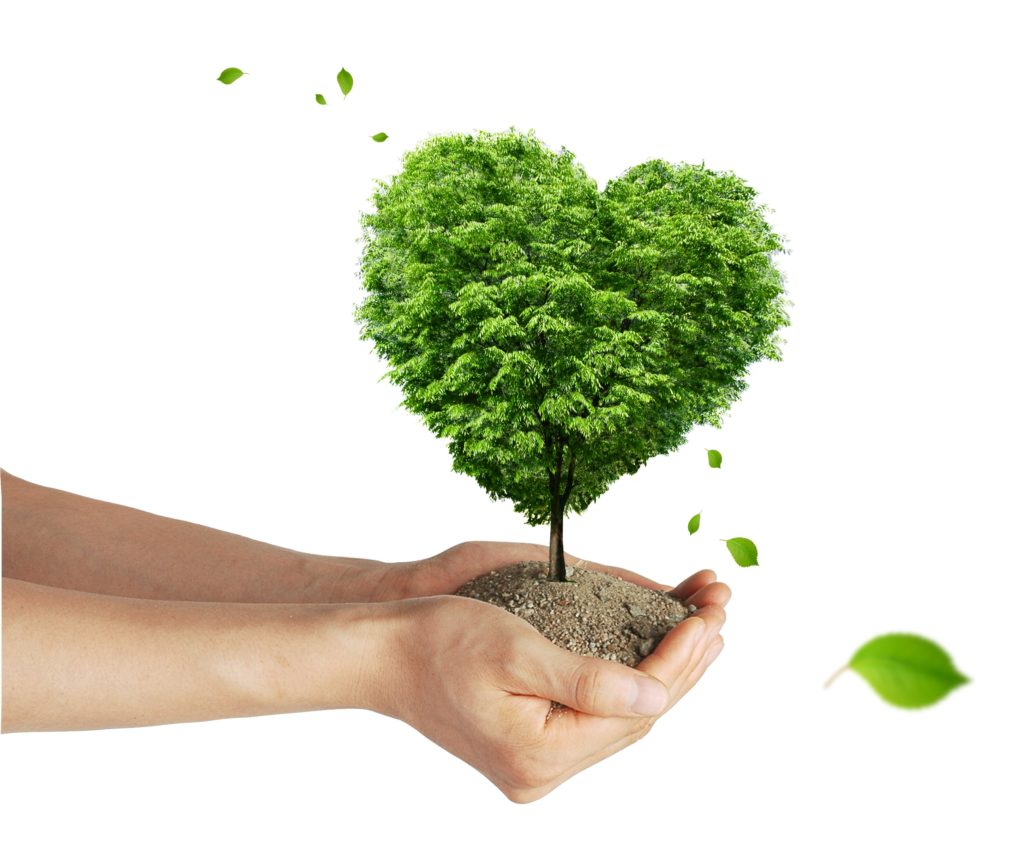Growing your own food is one of the hottest topics in gardening and the trees are in the store right now. So you wanna make the right picks and that’s why today we’ll talk to Jim Kamas. He has such an incredible track record that a person with such a list of titles has the right to be called exemplary and hold the title of the best federal resume template 2019 in the agricultural sector. Jim Kamas is an associate professor, extension fruit specialist, Texas A&M Agrilife Extension Service consultant – and that’s not all of his titles so far.
Today we’re gonna talk about fruit trees: how to grow them and the varieties to grow as well. And we’ll start from planting. People will be heading out to the nurseries during this month and they’re gonna see lots of those bare root trees. That had just come into the stores.
1. Let’s talk about bare root tree planting. What are some of the best tips for people to bear in mind?
Well planting bear root trees is pretty much a traditional way of establishing fruit orchards and plantings. There’s one adage that’s still held to be true, that a dry root is a dead root. So the most important thing is when you’re handling dormant bare root nursery material don’t let the roots dry out. You can take that to the extreme as well you don’t wanna just soak it in water for hours or days at a time. But you wanna make sure it’s surrounded by moist media like sand or peat or something just to keep the roots moist keep them from drying out – and that’s before you plant. So be on the lookout how they’re stored.
2. When people plant bare root trees what’s the best tip in terms of the hole process?
I like to dig a hole probably about 30% bigger than the root ball that I’m gonna be putting into the ground. That way you can spread the roots out, you can backfill with lot of loose soil. The other important thing is to make sure, you replant that tree at the same level it was grown at in the nursery. When you’re looking at a bare root plant material you could see the distinct color change where the ground line was. Just make sure it stays there.
3.There’s been this longtime suggestion, when you plant them you should prune them. Let’s find out if that is the best way to go?
That’s true and the reason for that is when the plant was dug out of the nursery it’s lost a percentage of its roots. We normally think when you plant a bare-rooted tree to cut it back by about 1/3. Now how you cut it back is gonna depend on the fruit species, but 1/3 is a good rule of thumb.
For existing trees this is also the time for pruning, for example, peaches. Any time after a long hard freeze you can prune, but typically we like to wait as long as possible and be able to get everything pruned before bud break, so don’t rush into it. It depends on how many trees you have. In the end of January it is perfect timing. The trees are fully dormant.
On pruning existing trees it’s really a matter which kind of tree in terms of the approach. You have different kinds of trees, we select different kinds of training systems. The whole idea though with all of them is light interception. You want to make sure that the bearing surface, where you’re trying to produce fruit gets good sun exposure. And not all of them have to be pruned. A lot of things like persimmons don’t get pruned, many times citrus doesn’t get pruned.

These are really great tips. Now a lot of folks out there are anxious to have fruit. They don’t have deep soil or they may not even have a yard. They may only have a back patio and they’re thinking about putting one in a container.
4. What’s the reality about planting fruit in those kind of tight spaces, raised beds or containers?
I think you have to think in realistic terms about what you can and cannot do. Things like blueberries with your appropriate kind of media or blackberries, strawberries – all of those are very conducive to be grown in small spaces. Things like pomegranates can be grown in small spaces. When you get the larger-stature trees like pecans and pears, probably that’s not the best choice. You can have some kinds of fruit species like plums, you can get dwarf in root stocks. All of those kinds of things help: you can substitute quality of soil for quantity of soil, but be realistic with your expectations.
I have a pineapple guava in a big pot back home and that’s a good candidate for something like. It is f shrub is it instead of a tree, but we’re talking of something tender like a pineapple guava. If the temperature’s gonna be really extremely low, you can move it if it’s in a container.
Other considerations when folks head out to get fruit trees is pollinators. Because some fruit trees require two trees of different varieties to pollinate back and forth, others do not.
5. What are some good rules of thumb there?
The pome fruits, apples, pears and quinces – they all may be somewhat self-fruitful. They really all benefit from having another tree variety blooming at the same time in presence. So that pollen transfer between varieties can take place. If you’re choosing an apple or pear try and pick one that has the same chilling requirement as the one that’s there, so they do bloom at the same time.
